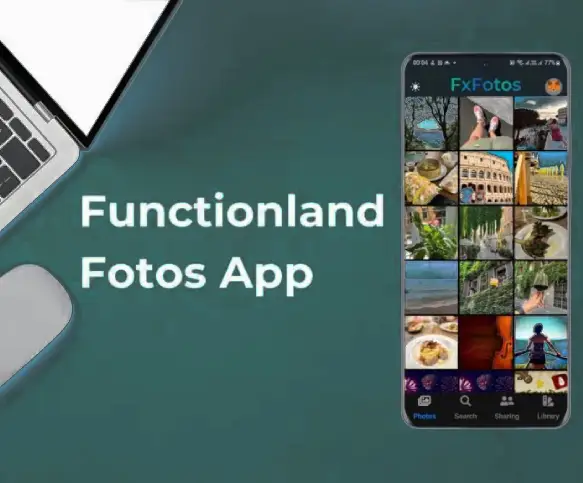The Functionland SDK is specifically designed to be the best possible alternative for mobile-native applications
Web2-style Apps Using Web3 Technology
You can create useful applications, like alternatives for OneDrive, Apple Photos, Instagram, or YouTube, that run on a decentralized platform instead of centralized servers.
DePIN dApps
Apps that support DePINs (decentralized physical infrastructure networks), decentralized computing, and decentralized content delivery networks, … can be easily integrated into FxBlox with its powerful plugin system.



Functionland is running on individually-owned nodes and is highly secure and decentralized.
Functionland's Fula storage network can easily handle huge amounts of data, as you can simply plug another disk to any of the nodes to expand its capacity.
Functionland's Fula Storage network can run on any Windows or Linux device, including your own computer, with just one click to install!
Functionland Fxblox is a low-power but powerful device that costs under $1 a month to run and only needs air for cooling.
Functionland's fula platform provides storage that is up to 2x cheaper than central cloud providers and up to 10x cheaper than decentralized storage providers
Functionland's Fxblox hardware can easily run other DePIN protocols to help create a decentralized Content Delivery Network and provide GPU and computing for AI applications.
Fula blockchain stores data proofs and serves as a ledger for rewards and payments to storage providers.
Fula token is how users pay storage providers for storage, and pay app developers for the applications
Fula protocol encrypts, shards, stores, and replicates uploaded data to guarantee security and reliability.
Fula SDK simplifies decentralized app development for mobile-native applications.
FxBlox Hardware provides a plug-and-play node for anyone who wants to join the Fula network
The plugin system lets any protocol join the FxBlox ecosystem, allowing owners to easily install and run them.
Store and exchange data securely and efficiently, on Google Chrome with a single click in your browser
Join Fula network easily from your Windows computer and start renting your storage.
Easily host NFT and Metaverse data on a fully decentralized IPFS network at the lowest cost
Functionland was built with the open, decentralized Web3 ethos at heart. When you build on Functionland, you build for all of Web3.
Functionland Inc (Canada) is only a contractor for Fula Governance Association (Switzerland) and does not involve in sales of token or token treasury management or token distribution or NFTs. Functionland is solely a contractor to perform the marketing, development and maintenance of the Fula network and blockchain and not liable for token related matters.
Fula Governance Association is a separate entity and relationship with Functionland is of an independent contractor. you must do your own DD separately for the Fula Governance Association
The mention of token on fx.land is temporary and on behalf of Fula Governance Association until they create their own separate website and in accordance with the contract.